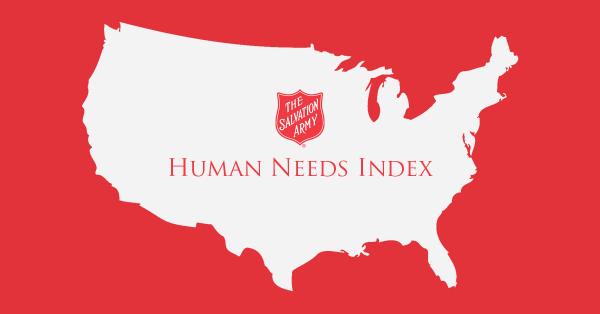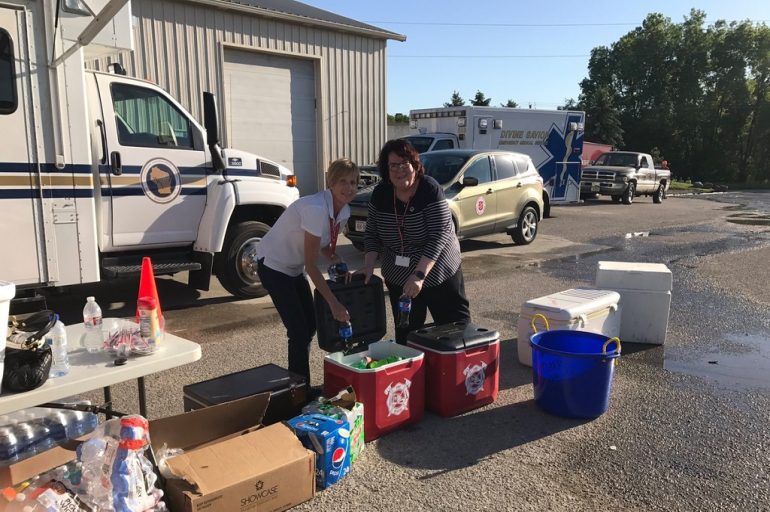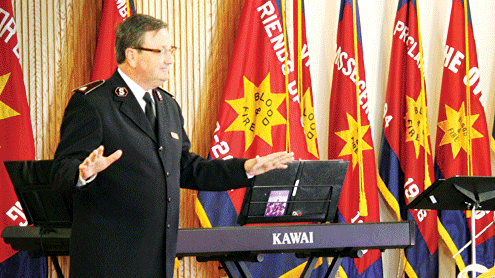While the need from 2016 stabilized overall, the increases associated with medical assistance in some areas could raise concerns.
For the second straight year, data from the Human Needs Index (HNI) revealed double-digit percentage increases in requests for payment for prescription medicine in 18 places. Headlined by Louisiana and Tennessee, which both recorded increases north of 300 percent from 2015, the data points up a growing issue.
Prescription drug costs for Americans under 65 years old are projected to rise 11.6 percent over the course of 2017—a slight uptick from the 11.3 percent price increase in 2016, according to consulting firm Segal Consulting. Older Americans meanwhile, face a projected 9.9 percent increase this year, from 10.9 percent in 2016. By comparison, wages are expected to rise just 2.5 percent this year. As the surge in drug prices continue to outpace both wages and the cost of living, many households are feeling the pinch.
“The 43 million Americans still living in poverty must make choices every day—often between basic necessities like medicine or food,” said Lt. Colonel Ron Busroe, National Community Relations and Development Secretary for The Salvation Army. “We hope that the ground-level insights revealed in the most recent update of the HNI can assist policymakers and other social services providers to better care for the people who need our help the most.”
The HNI includes seven types of services representing basic human needs: meals provided, groceries, clothing, housing, furniture, help with energy bills, and medical assistance (prescription costs).
“When we look at the broad national picture, we see overall patterns of stability in the national Human Needs Index. National economic indicators, like the poverty rate, SNAP, and WIC, also showed stability from 2015–2016,” said Dr. Una Osili, Director of Research for the Lilly Family School of Philanthropy. “Nevertheless, pockets of persistent poverty remain throughout the country.
While the need from 2016 stabilized overall, the increases associated with medical assistance in some areas could raise concerns.
Among the states that posted double digit percentage increases were: Tennessee, Louisiana, Oklahoma, Ohio, Hawaii, Maine, Florida, Mississippi, Maryland, Alaska, Missouri, New Hampshire, Delaware, Nevada, New Jersey, South Dakota, Oregon and Washington, D.C.
A poll from the Henry J. Kaiser Family Foundation found that four out of five Americans say that drug prices are unreasonable. When compared to other countries, it’s hard to argue.
A 2016 study published in the Journal of American Medicine reported the per capita prescription drug spending in the U.S. exceeds that of all other countries. In 2013, per capita spending on prescription drugs was $858 compared with an average of $400 for 19 other industrialized nations.
In the U.S., prescription medications now comprise an estimated 17 percent of overall personal health care services.
Listen to this article











